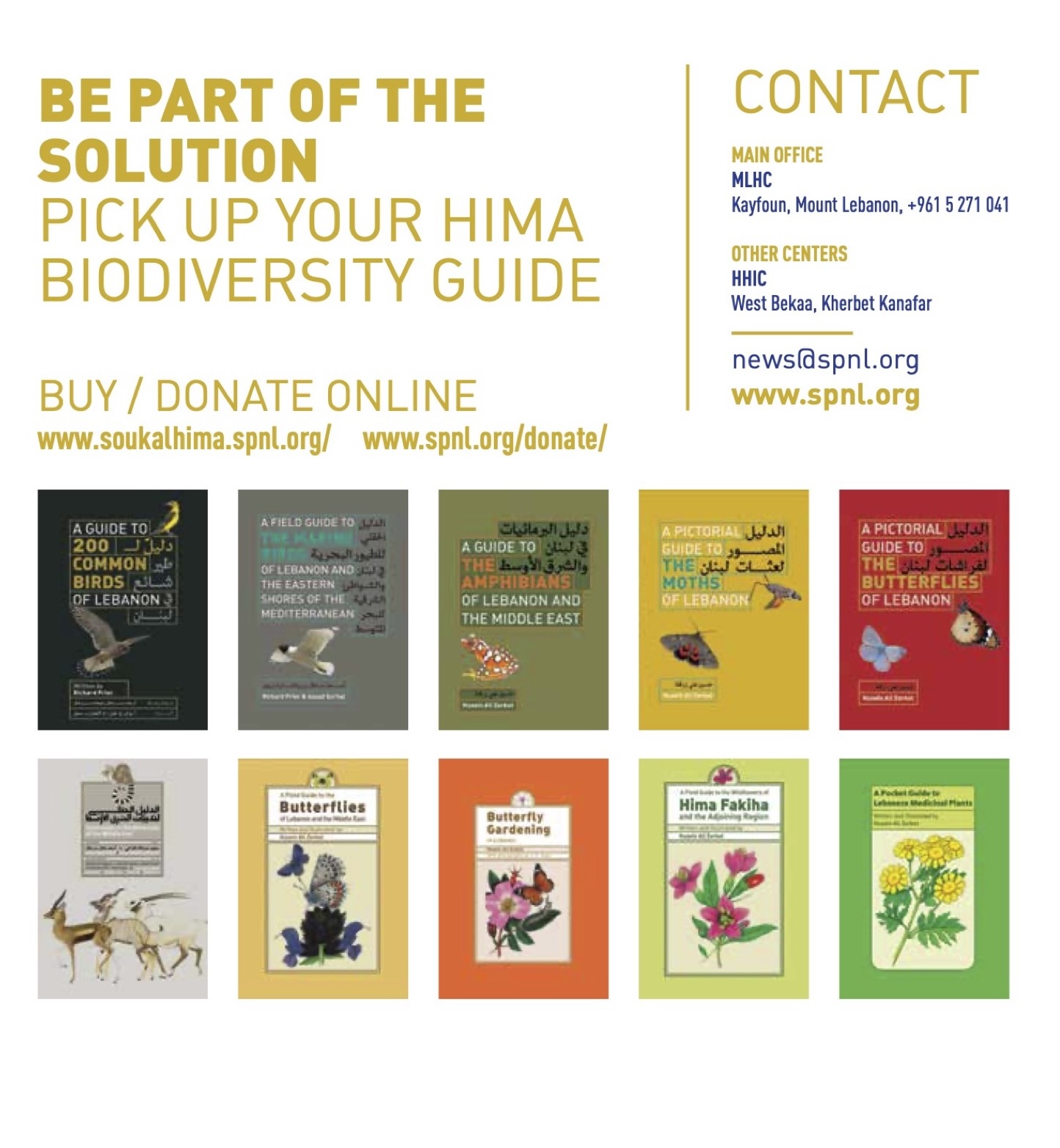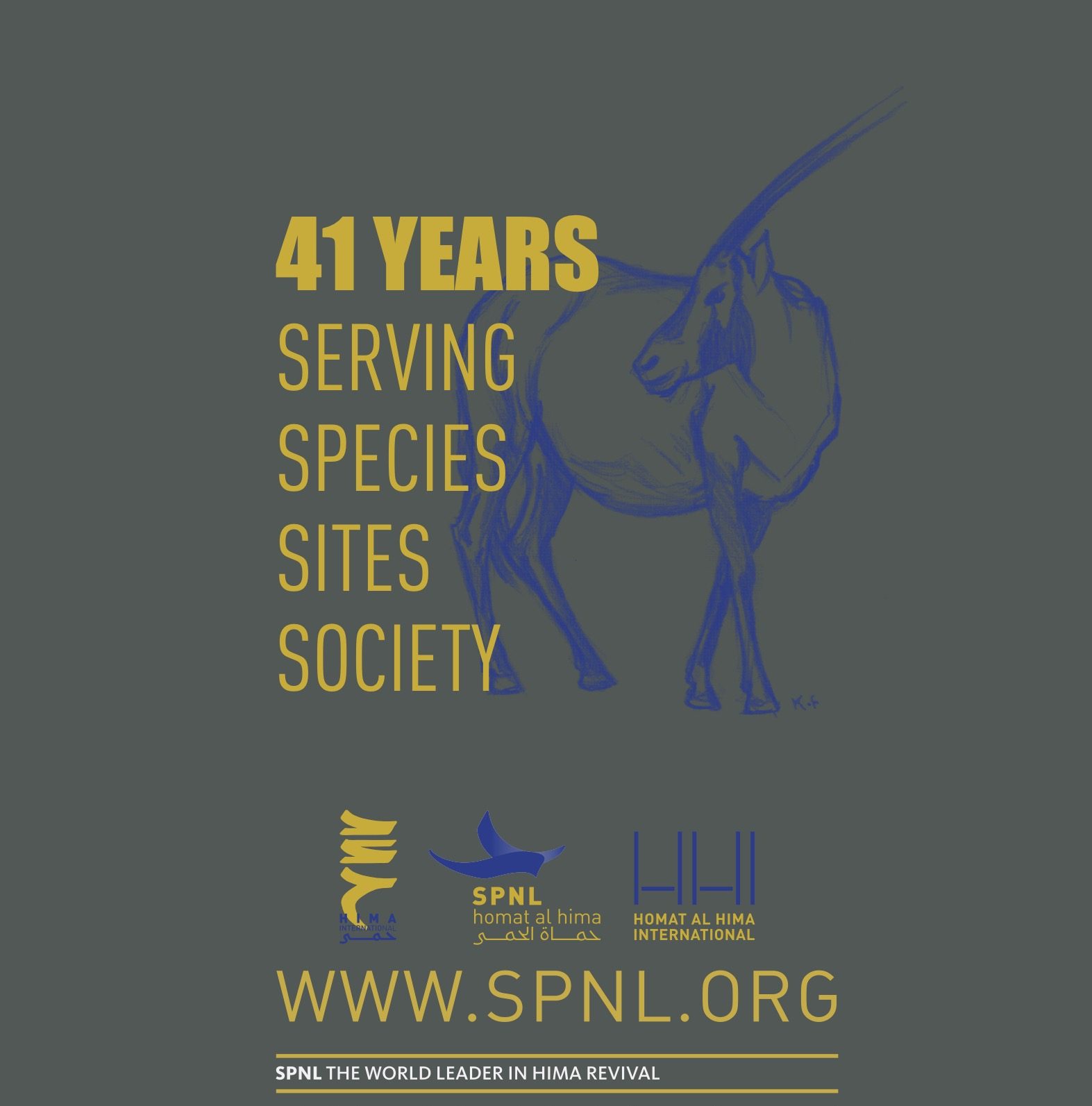From the mountains of Kayfoun to the wetlands of Anjar, SPNL’s BioConnect project continues to strengthen biodiversity conservation across Lebanon. During the reporting period 23 July to 23 August 2025, Miryam Salloum, Biodiversity Research & Data Manager at SPNL, played a central role in advancing technical outputs that link scientific monitoring with practical conservation action, ensuring that SPNL’s work remains grounded in data, collaboration, and community engagement.
Turning Data into Action
A major highlight of the month was the creation of 3D maps in collaboration with the Litani River Authority (LRA). These maps cover Lebanon’s Key Biodiversity Areas (KBAs) and Important Bird Areas (IBAs), offering powerful tools for visualizing ecosystems, land cover, and elevation across priority landscapes. Miryam also contributed to the development of baseline data for Hima Anjar, integrating landcover and elevation maps into conservation planning.
Alongside mapping, she prepared an Excel inventory of threatened plants around Kayfoun and Kfarmatta, updated both the bird monitoring and plant monitoring databases, and finalized the Bird Monitoring Report for the Beirut River Valley—a key contribution that documents species richness and provides recommendations for long-term ecological connectivity.
Strengthening the Hima Model
BioConnect is not only about science, but also about empowering local communities through the Hima model. Miryam actively participated in several municipal meetings to advance this mission:
-
23 July – Met with Saghbine, Ghazze Municipalities, and visited the Jeb Jennine wastewater treatment plant with Wassim and Fatima.
-
7 August – Joined meetings in Ghazze and Saghbine, alongside Bassima, Wassim, and Fatima, to explain the Hima concept and encourage local adoption.
-
21 August – Attended a broader meeting with Mansoura, Lala, Jeb Jennine, and Anjar Municipalities to coordinate future Hima management efforts.
These engagements reinforced SPNL’s vision of community-led conservation, ensuring municipalities remain central partners in protecting Lebanon’s biodiversity.
Technical Achievements
Miryam’s technical contributions this month can be summarized as:
-
Creation of 3D maps for Lebanon’s KBAs and IBAs.
-
Submission of the Beirut River Valley Bird Monitoring Report.
-
Development of baseline and mapping reports for Hima Anjar.
-
Updates to the plant and bird monitoring databases.
-
Compilation of threatened plant data for Kayfoun and Kfarmatta.
These outputs directly support BioConnect’s goal of strengthening ecological corridors, enabling conservation practitioners, decision-makers, and communities to base their actions on robust data.
Looking Ahead
For September, Miryam and the BioConnect team will focus on:
-
Expanding the 3D mapping collaboration with LRA.
-
Further updating biodiversity databases.
-
Drafting Hima Management Plans for existing Himas.
-
Conducting new municipal meetings to scale up the model.
-
Piloting a carbon footprint calculation, in collaboration with Fatima, as a step toward integrating climate metrics into conservation planning.
Through her commitment to data-driven monitoring and municipal engagement, Miryam Salloum embodies SPNL’s BioConnect mission: linking science, conservation, and community to ensure Lebanon’s natural heritage thrives for generations to come.






